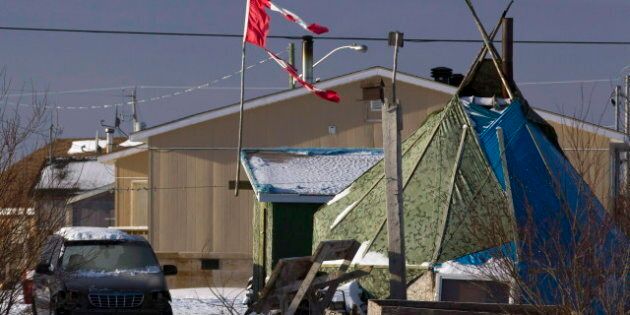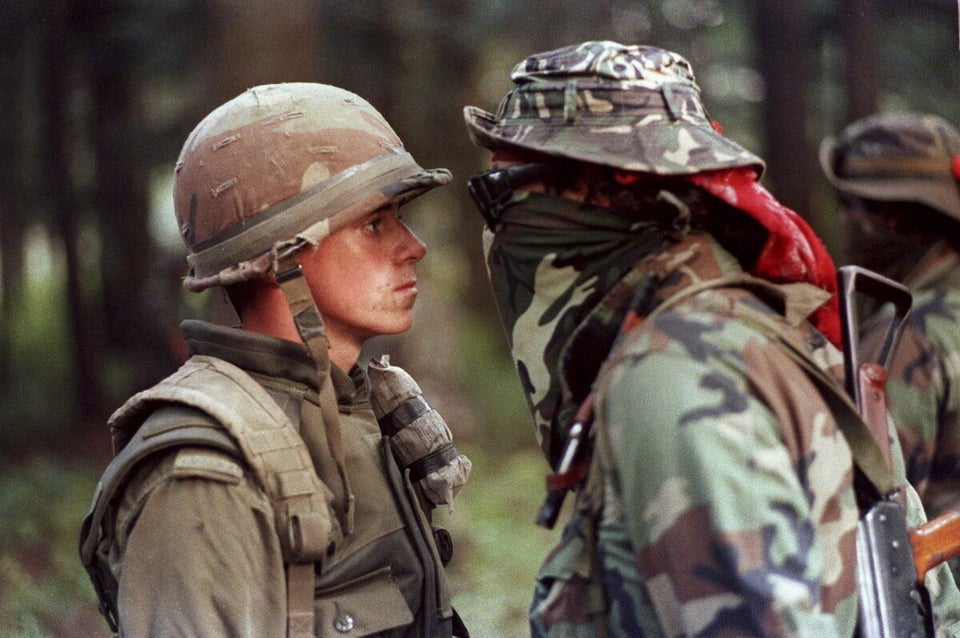
Water advisories are not limited to First Nations. At any given time there are upwards of 1,400 water advisories issued throughout Canada. Water security in this country is something that should concern everyone. Nevertheless, the severity and duration of water advisories in First Nations communities is nothing short of scandalous.
Health Canada reports that as of September 30, 2012, there were 116 First Nations communities across Canada under a Drinking Water Advisory. That is nearly 20 per cent of all First Nations communities. This number has stayed pretty steady over the years. Between 1995 and 2007, one quarter of all of water advisories in First Nations lasted longer than a year. Sixty-five per cent of these 'long-duration' water advisories lasted more than two years.
Neskantaga First Nation, bordering the Ring of Fire in Northern Ontario has been on a boil water advisory since 1995. You can read about that community as well as five others in this Polaris Institute publication, Boiling Point.
Another aspect of this problem is the fact that some First Nations do not have running water at all, and thus are not counted when water advisories are tallied. In Manitoba alone, 10 per cent of First Nations have no water service. Across Canada, there are 1,800 reserve homes lacking water service and 1,777 homes lacking sewage service.
If you are asking yourself how this is even possible in a country like Canada, the Auditor General highlighted the main problem areas in 2005:
- No laws and regulations governing the provision of drinking water in First Nations communities, unlike other communities.
- The design, construction, operation, and maintenance of many water systems is still deficient.
- The technical help available to First Nations to support and develop their capacity to deliver safe drinking water is fragmented.
It is AANDC who defines the construction codes and standards applicable to the design and construction of water systems in First Nations communities, and the Auditor General found that these codes and standards are extremely inconsistent and poorly followed up on. In addition, the AG found that water testing by Health Canada is also inconsistent, hampering the ability to detect problems in water quality before a crisis arises. Added to this, most of those operating water treatment plant operators in First Nations are not properly trained for their position.
In 2007 the Standing Senate Committee on Aboriginal Peoples issued two major recommendations to improve the quality of water available to First Nations. First, an independent assessment of the problem was needed. This was completed in April of 2011. The report called for about $5 billion over 10 years to address current deficiencies and keep up with projected First Nations population growth.
The second recommendation was that the federal government should consult with First Nations to develop legislation to fill the regulatory gap. Instead, the federal government has proposed Bill S-11, which was then replaced by Bill S-8. Unfortunately, the Canadian Environmental Law Association noted three major problems with the proposed legislation:
- The bill does not respect constitutionally protected Aboriginal rights.
- There is no long-term vision for First Nations water resource management.
- First Nations governance structures are not being respected.
These concerns have been echoed by the Assembly of First Nations and a number of Members of Parliament. The bill does not lay out a funding formula and is very unclear as to how safe drinking water will actually be provided to First Nations.
First Nations have been working very hard to develop a national strategy to address this decades-old issue. Rather than imposing more top-down solutions, it is time for the government of Canada to actually engage in meaningful consultation with those impacted by the lack of safe drinking water in First Nations communities. A solution cannot be built by money and good intentions alone.
A more detailed version of this article can be found on the author's blog, âpihtawikosisân.
